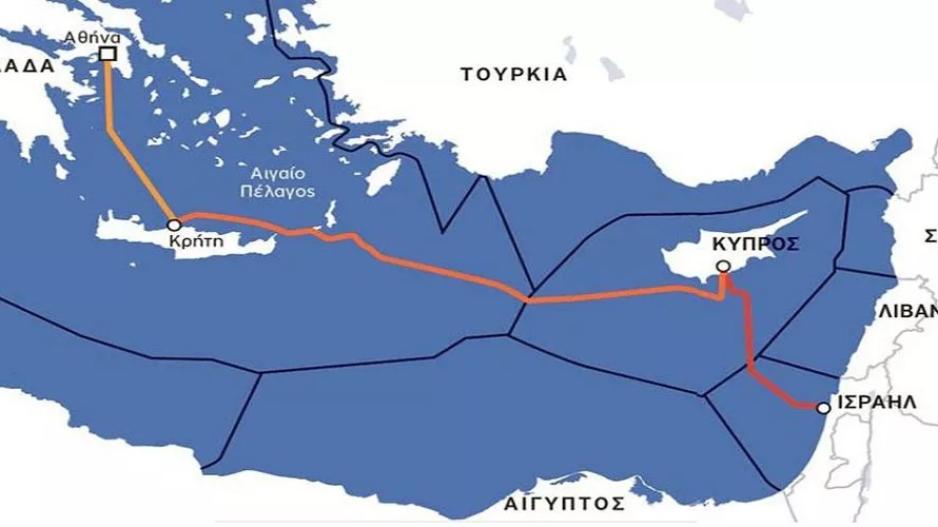OEB Supports the Great Sea Interconnector Project
The Federation of Employers and Industrialists Supports the Implementation of the Great Sea Interconnector Linking Cyprus With Crete and the Rest of Europe
The Federation of Employers and Industrialists (OEB) supports the implementation of the Great Sea Interconnector (GSI) linking Cyprus with Crete and the rest of Europe. In a memorandum submitted to the President of the Republic on Friday and released today, OEB emphasizes the potential benefits of this connection for the country, businesses, and citizens, and calls for seizing this opportunity.
OEB highlights that Cyprus is the only island country in Europe (among the UK, Ireland, Malta, and Cyprus) without any electrical interconnection. The memorandum states that the annual electricity consumption in Cyprus is currently over 5 million MWh and is expected to double to 10 million MWh in the next 25 years. Access to large quantities of electricity will be crucial for future technological and economic development.
The GSI project will have a capacity of 500 MW with a 500 MW reserve, a length of 900 km, and a maximum depth of 3 km. The project is expected to take five years to complete, with the cable operational by January 1, 2030. OEB notes that due to the project's size, timeline, and potential unforeseen issues, the final cost may increase, which is common for similar projects.
The project's estimated cost is €1.94 billion, with €657 million funded by the EU. The remaining €1.243 billion will be jointly financed by Cyprus (63%) and Greece (37%). For Cyprus, this translates to €783 million, to be repaid over time.
Addressing local producers' concerns that the cost savings from the interconnection might be less than those from domestic production using renewable energy sources (RES) and conventional means, OEB suggests that the interconnector could serve for exporting cheaper Cypriot electricity to Europe, which might otherwise go unused.
OEB adds that in countries with existing interconnections, electricity flow varies throughout the year, with countries importing and exporting electricity at different times. Ultimately, they conclude that having the interconnector will result in cheaper electricity, whether from local production or imports.
OEB estimates a 35-year payback period for the investment, with a minimal additional cost of €0.01 per kilowatt-hour for Cypriot electricity consumers. Operating expenses are projected to be €5-9 million annually, a small percentage of the final cost.
Additionally, OEB emphasizes the importance of ensuring no decrease in the rate of new local investments in RES and maintaining the viability of conventional energy producers. They note that the EU aims for 33% of local electricity consumption to come from RES by 2030, suggesting a cap on net incoming electricity from the interconnector at 15% in its initial years.
In conclusion, despite potential delays and cost increases, OEB believes that the interconnection will ultimately lower electricity costs and enhance Cyprus's regional role and integration with Europe. They urge not to miss this opportunity, as the interconnection promises significant future benefits for the country, businesses, and citizens.






